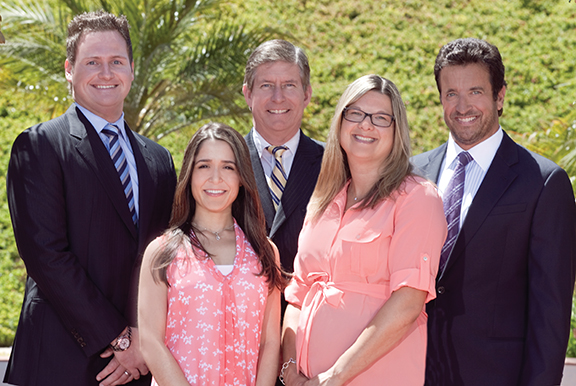A Family Mission Statement

A growing number of families are adopting family mission statements. Mission statements, an expectation in the corporate world, can be valuable in uniting a family around common goals and the actions needed to make them a reality. A mission statement can provide foundational concepts that help solidify future decisions and guide the way your family wants its money and time to be used. A shared purpose strengthens family bonds and provides guidance around major life decisions and goals, and can teach younger members about making financially and socially responsible decisions.
Family statements can vary widely, but here some basic rules to keep in mind.
1. Involve everyone. Ideally, the entire family should collaborate in developing the mission statement. Even children should participate in some aspects so they have first-hand experience of being part of the discussion.
2. Define your key values. Ask each family member: “What would you like this family to stand for? What are our aspirations?” Family values can range from characteristics like integrity, work ethic, and making a difference to more personal considerations. Clarify the purpose of money in your family.
3. Think ahead. Consider long-term goals. What kind of legacy do you want for your family? This will help firm your goals and time horizons for the family. A simple exercise is to vision 25 years into the future, imagining that both you and your family have lived a life that you are proud of. What does that look like? What is your definition of success?
4. Keep it focused. Work together to summarize the values and goals you’ve defined in a single sentence or paragraph. You want a statement general enough to be timeless, yet specific enough to apply to real-life issues. If you have more ground to cover, the statement can be supplemented with a list of supporting values or guidelines, such as resolving conflicts among heirs or distributing profits from a business.
5. Check your authenticity. Don’t just craft a statement because it sounds good. It should be in your words and language and something you truly believe in. It can be aspirational, but should also reflect your values and beliefs.
6. Keep it front and center. Whether you frame your statement or post it on the refrigerator, it’s important to have it on hand. This is a dynamic document; review it when weighing life-altering decisions, such as a job change or major financial investment.
7. Put it into action. To realize the goals behind your mission statement, you’ll need to make it part of your regular planning and decision making. Use it to create a list of values that can help you adhere to the statement. For example, many families will have a list of bulleted values statements that follow their mission statement, to articulate their values in general and on the earning, spending, saving and sharing of money. With the help of a financial advisor you can then implement more detailed and specific guidance toward making decisions.
8. Revisit and revise annually. Plan to gather annually to discuss the mission and gauge family members’ success in achieving their goals. Mission statements may require updates as families evolve. As time passes, make sure the mission statement remains authentic and continues to reflect the values of your evolving family.

The Menashe Morley Group: David Menashe is a Senior Vice President and Wealth Management Advisor, Bruce Morley is a First Vice President and Wealth Management Advisor, and John Naviaux is a Financial Advisor for Merrill Lynch, Pierce, Fenner & Smith Incorporated, a registered broker-dealer, Member SIPC, and a wholly owned subsidiary of Bank of America Corporation. Investment products are not FDIC insured, are not bank guaranteed, may lose value. (858.381.8113)





Comments